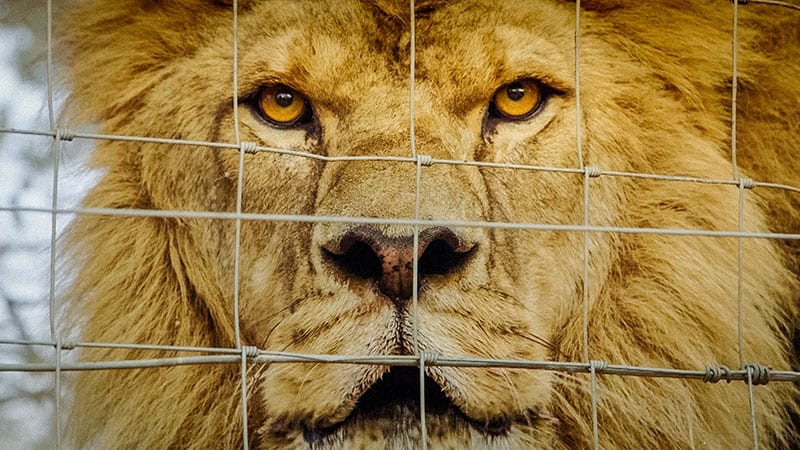This year’s Monte-Carlo Television Festival will host the premiere screening of Lion’s, Bones and Bullets, a hard-hitting animal rights documentary that reveals the underbelly of what the world thinks is ‘lion trophy hunting’ but, in reality, is the mass production, commercialisation and domestication of Africa’s wildlife for “traditional Chinese medicine”.
The Monte-Carlo Television Festival is known for being a showcase for talented entertainment-industry professionals who have, over the past 60 years, created some of history’s most successful TV programmes.
But it also puts the spotlight on more serious, environmental topics. This year it is animal rights, namely, the exploitation of lions on the African subcontinent that are being cruelly raised for slaughter to make traditional Chinese “medicines” and potions.
A documentary entitled Lions, Bones and Bullets, produced by Jagged Peak Films, will be premiered in June at the Monte Carlo Television Festival through a collaboration between the Prince Albert II of Monaco Foundation and the Festival organisers. It will be screened at the Grimaldi Forum.
Told through an adventure story, producer and investigator Richard Pierce travels from lion farms in South Africa to dealers in Southeast Asia “to uncover the elaborate wildlife con”. After presenting the problem, the film explores realistic alternatives.
“Lion farming and the increasing sale of lion bones to Asia involve exploitation, cruelty, injustice, misconception, fraud and corruption and is a threat to wild lion populations,” says Richard Pierce. “It is mind-blowing in terms of the huge negativity involved and it has no redeeming aspects. Lions are a flagship species. What happens to lion populations will be a major factor in determining the future of wild animals in Africa.”
The investigative documentary claims to uncover an elaborate international wildlife industry worth nearly US$100 million a year. Producers say it reveals, for the first time, the link between lion farming on an industrial scale in South Africa, and the growing demand and utilisation of lion bones in Southeast Asia.
“Lions, Bones and Bullets is a story that needed to be told,” says Executive Producer Anton Leach. “I realised not enough people know that lion farming is not just an emerging industry, it is a booming industry.
“We are honoured to have the world festival premier at the 60th Monte-Carlo Television Festival and believe this is the best forum to start a global debate about lion farming and the future of wildlife conservation.”
Lions, Bones and Bullets has benefited from support by the Prince Albert II of Monaco Foundation.
“By denouncing the lion bones trade hidden behind hunting, it is a clear and vital wake-up call that is sent to the world, inviting us to open our eyes and rethink our relationship with nature in the respect of wildlife,” says Olivier Wenden, Vice-President and CEO of the Prince Albert II Foundation.
Lions, Bones and Bullets will premiere on Monday 21st June at 7pm at the Grimaldi Forum during the Television Festival.
“Our Festival has always put environmental issues at the forefront, notably through the Prince Rainier III Special Prize, awarded to the best documentary dealing with these topics,” says Laurent Puons, CEO of the Monte-Carlo Television Festival. “We are convinced that this important screening will expose the secrets of the multi-million-dollar industry of lion farming to the world and open up a wide-scale ethical debate on the issue.”
Photo from the documentary Lions, Bones and Bullets
TV Festival screening to launch debate on lion farming
